What are sample midterm exam papers for grade 6 Literature with answers in 2024 in Vietnam?
What are sample midterm exam papers for grade 6 Literature with answers in 2024 in Vietnam?
Below are some midterm exam Papers of grade 6 Literature (Kết nối tri thức curriculum) with detailed answer keys:
|
ĐỀ SỐ 1 Phần I: ĐỌC – HIỂU (3 điểm) Đọc đoạn văn sau và trả lời các câu hỏi: Mình về với Bác đường xuôi, Thưa giùm Việt Bắc không nguôi nhớ Người Nhớ Ông Cụ mắt sáng ngời, Áo nâu, túi vải đẹp tươi lạ thường! Nhớ Người những sáng tinh sương, Ung dung yên ngựa trên đường suối reo. Nhớ chân Người bước lên đèo, Người đi rừng núi trông theo bóng Người… (Tố Hữu, Việt Bắc) Câu 1 (1 điểm): Khoanh tròn vào chữ cái đứng đầu đáp án đúng cho mỗi câu hỏi sau: 1. Đoạn thơ được viết theo thể thơ nào? A. Lục bát B. Lục bát biến thể C. Thơ tự do D. Thơ tám chữ 2. Các từ Bác, Người, Ông Cụ trong đoạn thơ dùng để chỉ ai? A. Tác giả B. Đồng bào Việt Bắc C. Chủ tịch Hồ Chí Minh D. Chỉ các đối tượng khác nhau 3. Từ nào sau đây là từ láy? A. Sáng ngời B. Rừng núi C. Đẹp tươi D. Ung dung 4. Đoạn thơ trên thể hiện tình cảm của ai đối với ai? A. Tình cảm của đồng bào Việt Bắc đối với Bác Hồ, với cách mạng B. Tình cảm của đồng bào Việt Bắc đối với tác giả C. Tình cảm của Bác Hồ đối với nhân dân D. Tình cảm của Bác Hồ đối với tác giả Câu 2 (0,5 điểm): Chỉ ra các tiếng mang vần trong hai câu thơ: Mình về với Bác đường xuôi, Thưa giùm Việt Bắc không nguôi nhớ Người. Câu 3 (0,5 điểm): Hình ảnh Bác Hồ hiện lên trong đoạn thơ có đặc điểm gì nổi bật? Câu 4 (1 điểm): Tìm và nêu tác dụng của một biện pháp tu từ được sử dụng trong đoạn thơ trên. Phần II: TẬP LÀM VĂN (7 điểm) Câu 1 (2 điểm): Viết đoạn văn nêu cảm nhận về một nhân vật đã học, trong đó có sử dụng 2 từ láy, 2 từ ghép Câu 2 (5 điểm): Cảm nhận của em về đoạn thơ sau: “Nhưng còn cần cho trẻ Tình yêu và lời ru Thế nên mẹ sinh ra Để bế bồng, chăm sóc Mẹ mang về tiếng hát Từ cái bống, cái bang Từ cái hoa rất thơm Từ cánh cò rất trắng Từ vị gừng rất đắng Từ vết lấm chưa khô Từ đầu nguồn cơn mưa Từ bãi sông cát vắng…” (Xuân Quỳnh, Chuyện cổ tích về loài người) GỢI Ý ĐÁP ÁN ĐỀ 1 Phần I: Câu 1 (1 điểm): 1. Đoạn thơ được viết theo thể thơ nào? Phương pháp giải: Đọc kĩ bài thơ, chú ý số chữ, số dòng của đoạn thơ => Đáp án: A 2. Các từ Bác, Người, Ông Cụ trong đoạn thơ dùng để chỉ ai? Các từ Bác, Người, Ông Cụ trong đoạn thơ dùng để chỉ Chủ tịch Hồ Chí Minh => Đáp án: C 3. Từ nào sau đây là từ láy? Từ “ung dung” là từ láy => Đáp án: D 4. Đoạn thơ trên thể hiện tình cảm của ai đối với ai? Đoạn thơ trên thể hiện tình cảm của đồng bào Việt Bắc đối với Bác Hồ, với cách mạng => Đáp án: A Câu 2 (0,5 điểm): Các tiếng mang vần trong hai câu thơ đầu: xuôi - nguôi Câu 3 (0,5 điểm): Hình ảnh Bác Hồ hiện lên trong đoạn thơ có đặc điểm gì nổi bật? Hình ảnh Bác Hồ trong đoạn thơ: Là một Ông Cụ quắc thước, tinh anh, giản dị, có phong thái ung dung, lạc quan Câu 4 (1 điểm): Có nhiều biện pháp tu từ, có thể chỉ ra một trong các biện pháp sau: - Điệp ngữ Nhớ để nhấn mạnh và khẳng định tình cảm yêu mến của đồng bào Việt Bắc đối với Bác Hồ - Điệp ngữ Người để duy trì đối tượng biểu cảm trong đoạn thơ - Hoán dụ Việt Bắc không nguôi nhớ Người để diễn tả tình cảm nhớ thương, quyến luyến của đồng bào Việt Bắc dành cho Bác - Hoán dụ rừng núi trông theo bóng Người để diễn tả sự yêu quý, lưu luyến, không nỡ xa Bác của đồng bào Việt Bắc Phần II (7 điểm) Câu 1 (2 điểm): Viết đoạn văn nêu cảm nhận về một nhân vật đã học, trong đó có sử dụng 2 từ láy, 2 từ ghép Bài tham khảo: Nhân vật Dế Mèn là nhân vật mà nhà văn Tô Hoài tưởng tượng ra. Và thông qua nhân vật này, nhà văn đã gửi đến cho chúng ta những bài học bổ ích. Trong đoạn trích Bài học đường đời đầu tiên, Dế Mèn là một chàng dế thanh niên mới lớn, thông minh, cường tráng, khỏe mạnh, đẹp đẽ. Trong cái thế giới nhỏ bé ấy, chú Dế Mèn thực sự tự mãn với khả năng của mình. Và để vẽ lên chân dung một chú Dế oai phong, lẫm liệt, nhà văn Tô Hoài không tiếc lời khi mô tả cái càng khỏe khoắn, bộ răng trên miệng, bộ vuốt ở chân… tất cả đều toát lên vẻ đẹp, sức hấp dẫn của một chú Dế Mèn mới lớn. Vì một lúc bốc đồng, xốc nổi, Dế Mèn đã gây ra cái chết thảm thương cho Dế Choắt. Sau khi chôn cất Dế Choắt, Mèn đứng lặng rất lâu và nghĩ về bài học, nghĩ về những gì mà mình đã gây ra cho mọi nguời, Dế Mèn đã dần nhận ra những sai lầm của mình… Sau bài học đầu đời đến với mình ấy, Dế Mèn đã thấm thía nhiều bài học cho mình. Như vậy, mượn câu chuyện của chú Dế Mèn, tác giả Tô Hoài muốn nói tới câu chuyện của con người, đó là sự khiêm tốn, nhường nhịn, không được kiêu ngạo như chú Dế Mèn. Nhưng khi gây ra lỗi lầm thì phải biết phục thiện, phải yêu thương cuộc sống, yêu thương những người xung quanh như chú Dế Mèn trong đoạn trích. |
Download to see the full set of 03 midterm exam papers for grade 6 Literature (with detailed answers)
Note: The grade 6 Literature midterm exam is for reference only.
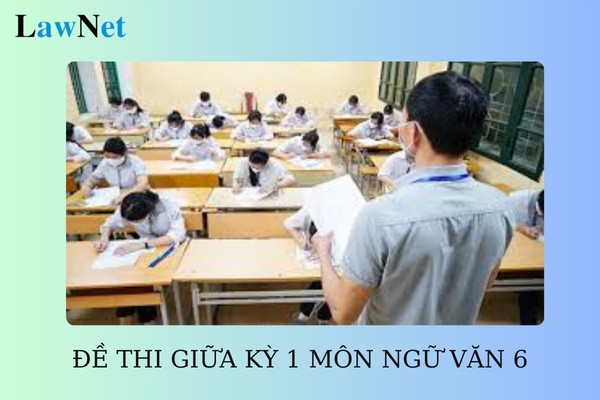
What are sample midterm exam papers for grade 6 Literature with answers in 2024 in Vietnam? (Image from Internet)
What are regulations on conducting the periodic assessment of grade 6 students in Vietnam?
According to the provisions of Article 7 of Circular 22/2021/TT-BGDDT, the periodic assessment of Grade 6 students is conducted as follows:
(i) Periodic assessment (not applicable for learning module clusters), including mid-term and end-term assessments, is conducted through: tests (on paper or computer), practical exercises, learning projects.
Where:
- The test time (on paper or computer) for subjects (excluding learning module clusters) with up to 70 lessons per school year is 45 minutes; for subjects with more than 70 lessons is from 60 to 90 minutes; for specialized subjects, a maximum of 120 minutes.
- For tests (on paper or computer) assessed by score, the tests are designed based on matrices, specifications of the test, fulfilling the required standards of the subjects stipulated in the General Education Program.
- For tests (on paper or computer) assessed by commentary, practical exercises, learning projects must have guidelines and assessment criteria following the required standards of subjects specified in the General Education Program before implementation.
(ii) In each semester, each subject assessed by commentary has 01 (one) mid-term and 01 (one) end-term assessment.
(iii) In each semester, each subject assessed by a combination of commentary and scoring has 01 (one) mid-term score (abbreviated as DDGgk) and 01 (one) end-term score (abbreviated as DDGck).
(iv) Students who do not participate in tests or assessments enough times due to force majeure are allowed a make-up test with equivalent requirements to the missed test. Make-up tests are conducted for each semester.
(v) In case a student does not participate in make-up tests or assessments, they are assessed as Not met or receive a score of 0 for the missed test or assessment.
What are the duties of students in Vietnam?
According to Article 34 of the charter of lower secondary, upper secondary, and multi-level schools issued along with Circular 32/2020/TT-BGDDT, the duties of students are specified as follows:
- Perform learning and training tasks according to the program and educational plan of the school.
- Respect parents, officers, teachers, school staff, and the elderly; unite and help one another in learning and training; abide by the school's charter and rules; comply with the country's laws.
- Exercise to maintain personal hygiene.
- Participate in collective activities of the school, class, Ho Chi Minh Young Pioneers, Ho Chi Minh Communist Youth Union; help the family, participate in labor and social activities, environmental protection activities, and ensure traffic safety.
- Maintain and protect school and public property; contribute to the building, protection, and promoting of the school's traditions.
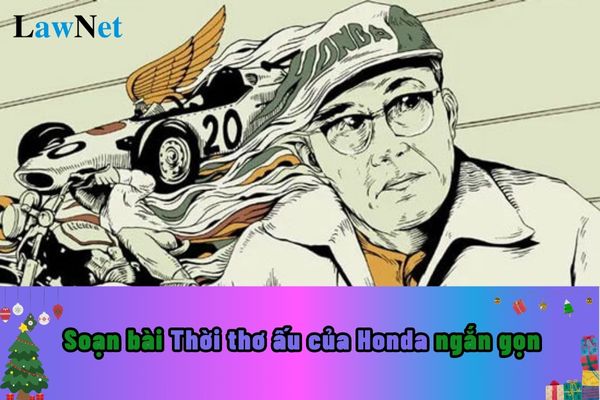

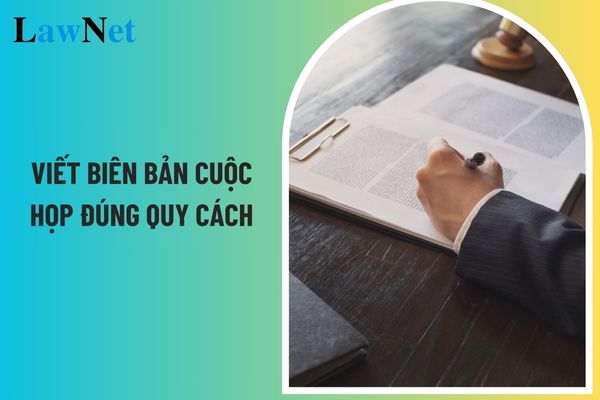

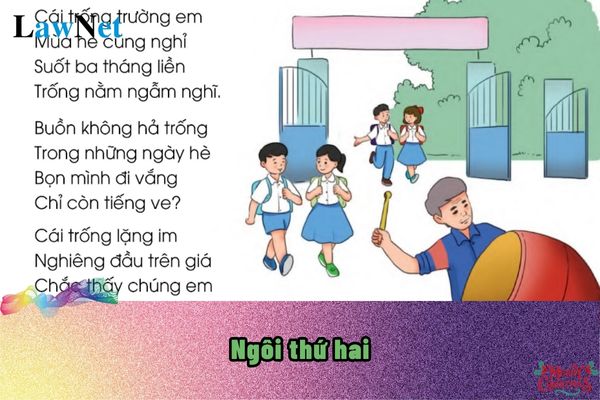
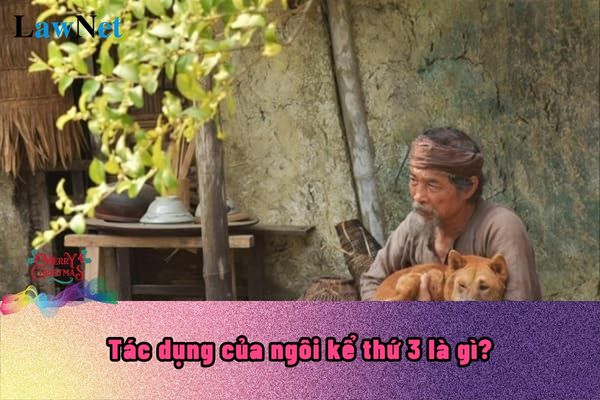
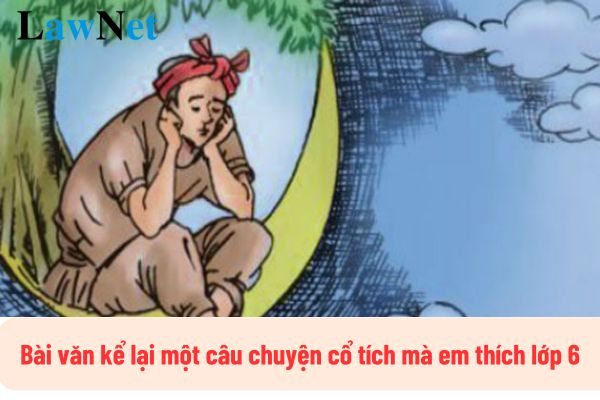
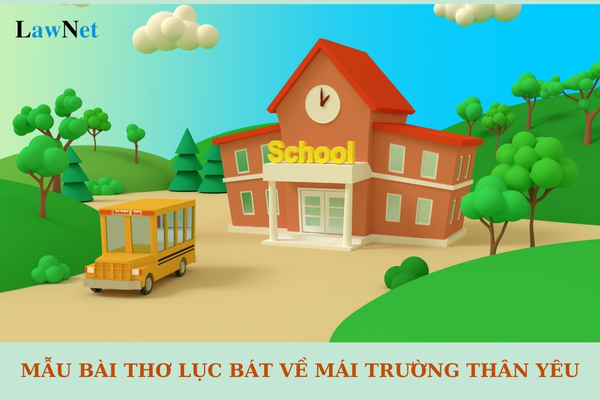
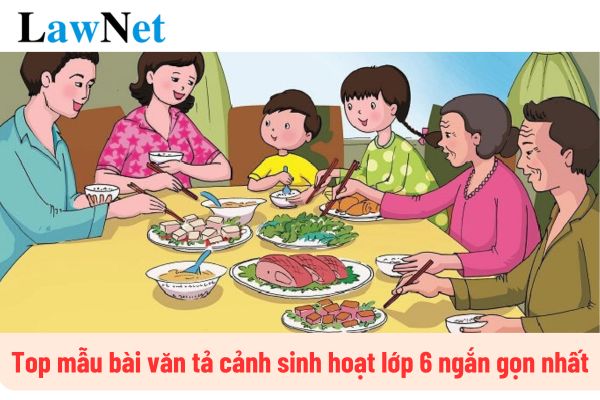

- Vietnam: What is the sample outline of an essay on the analysis of expressions of national spirit in the Poem "Việt Bắc" for 12th-grade students? What patriotic qualities are required for 12th-grade students?
- Vietnam: What are your thoughts on the Poem "Tiếng ru" by To Huu? How many lessons are there in the 12th-grade Literature curriculum per year?
- What are the sample essays describing your grandfather for 5th-grade students in Vietnam? What are the assessment criteria for 5th-grade students in 2024?
- Vietnam: What are the sample social argumentative essays on social media etiquette for 10th-grade students? What Vietnamese knowledge do 10th-grade students learn?
- Vietnam: Why is the French Bourgeois Revolution considered the most thorough one? What learning outcomes are required for 11th-grade students after studying the bourgeois revolution?
- Vietnam: What is the atmosphere? What is the grade at which students are required to master the knowledge of the atmosphere in the History and Geography curriculum?
- Vietnam: Why does the phenomenon of day and night alternation occur on Earth? What is the grade at which students learn about the phenomenon of day and night alternation on Earth?
- What is the newest report template on distance education at the higher education level in Vietnam?
- Vietnam: What are the shortest sample expositions on Ba Den Mountain for 9th-grade students? What learning outcomes are required for the writing process in the 9th-grade Literature curriculum?
- In Vietnam, what does local time mean? What is the grade at which local time is taught in the History and Geography curriculum?

